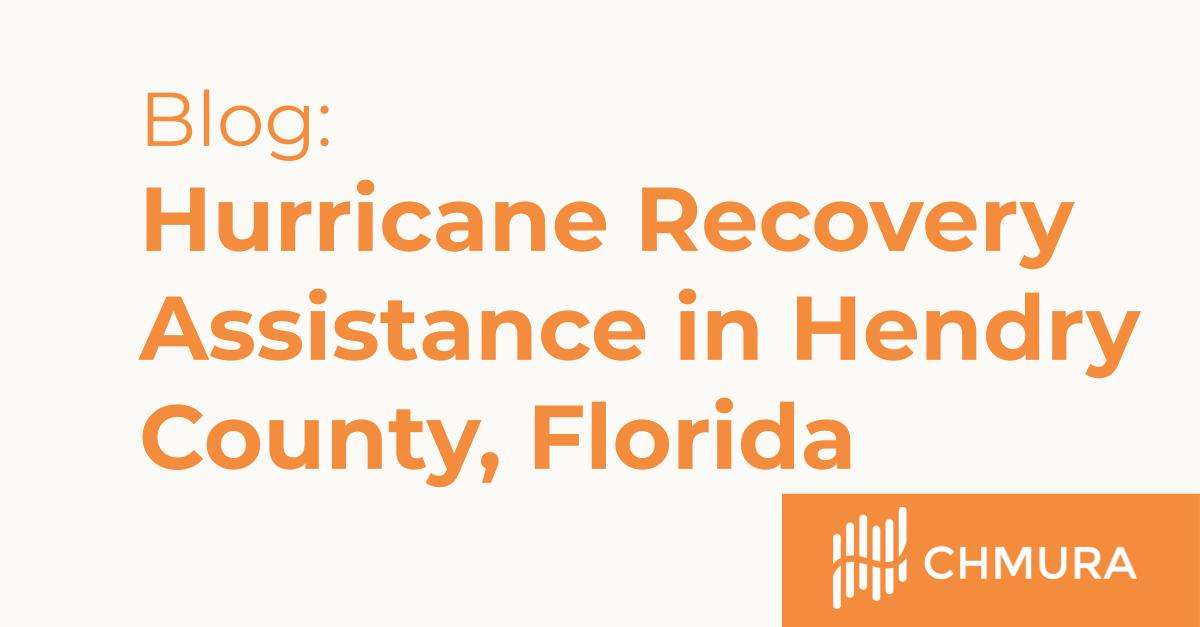Hurricane Recovery Assistance in Hendry County, Florida

By Patrick Clapp |
At first glance, Hendry County’s statistics show an area with significant challenges. Every mention of the County in the news is immediately followed with the unemployment rate – 6.5% in December 2017, the highest in the state of Florida by a full percentage point. The population is just above 38,000, with 26.3% below the poverty level and 37.5% without a high school diploma.[1] Although the local economy is dependent on crop and animal production, especially citrus and sugar cane, the County has no fresh food markets. To make matters worse, Hurricane Irma last year hit the County hard.
As part of its disaster recovery program, IEDC deploys economic development experts to support local economic recovery needs. Over the week of February 12-16, I represented Chmura Economics & Analytics in Hendry County to offer assistance with identified needs for data to guide workforce development efforts through an economic development lens.
On the ground, Hendry County has a feeling of being poised for growth. In my discussions with residents I was shown some of the strengths and possibilities within the County, as well as the hard work being done to position Hendry County to best capitalize on them. FEMA’s Community Planning and Capacity Building team has spent months building connections between key local, state, and federal partners to provide a structure for locally driven, coordinated hurricane recovery that should build a strong foundation for future collaboration and growth. New possibilities such as perishable cargo delivery at the Airglades Airport, growing local companies, a wealth of available land, strong support from key employers, and funding sources available from hurricane relief and the County’s Promise Zone designation position Hendry County strongly for future economic and workforce development.
Data provided to the County from JobsEQ® can help tell this story. Since lack of available and affordable housing in the County means many of its workers commute in, examining the labor shed by drive-time reveals a significantly larger population and more realistic picture of the County’s available workforce. With a larger labor pool to analyze, I was able to get past the typical refrain of simply “not enough workers” to review potential firm expansions within target industries, identify occupations where the County has ample supply, and show where training might be needed. Chmura’s real-time intelligence from online job postings shows potential short-term supply gaps and sparked rich discussion at the high school’s newly constructed building for the expanding CTE programs.
These data formed part of a brief report delivered to the County, along with findings from interviews with local employers and identification of potential grant opportunities. This was a rewarding experience for me, especially in learning about the many different aspects of disaster recovery; ultimately my hope is that the analysis I provided will assist the County in moving from “poised for growth” to growing strong.
[1] Source: JobsEQ®, ACS 2012-2016
Subscribe to the Weekly Economic Update
Subscribe to the Weekly Economic Update and get news delivered straight to your inbox.